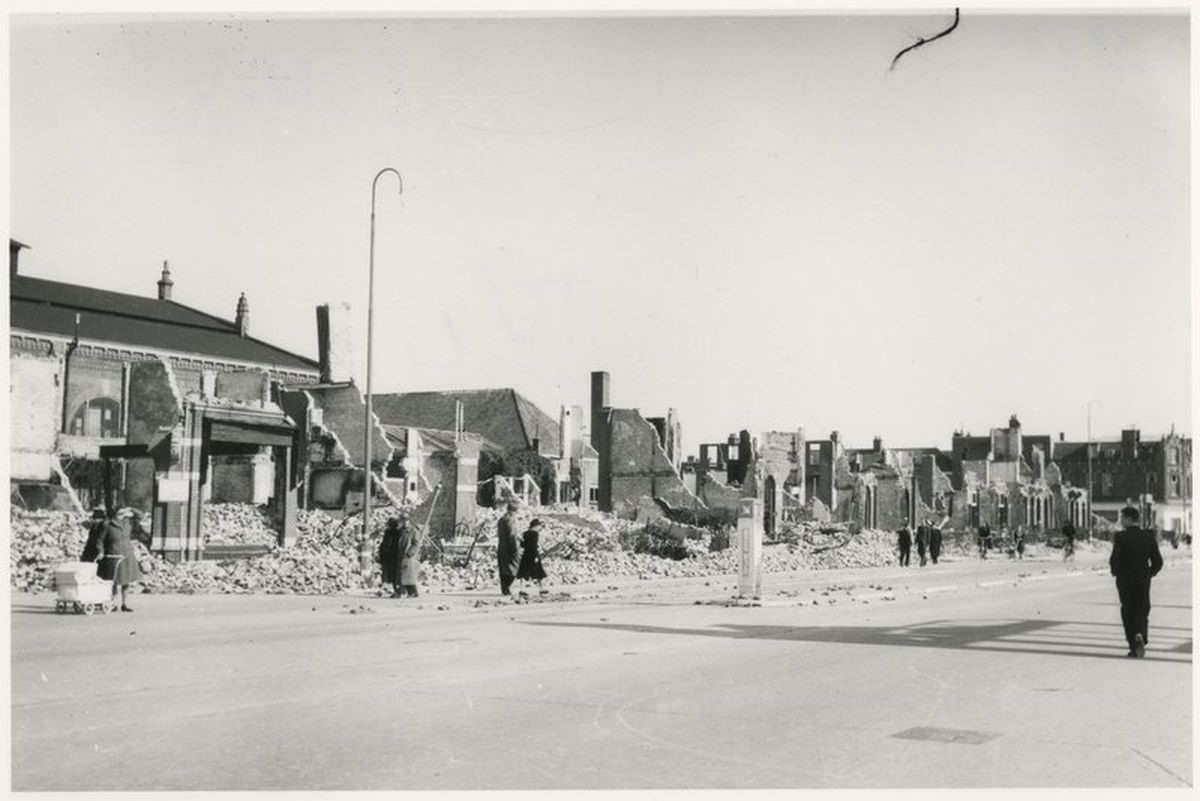During World War Two, The Hague was generally spared from major attacks causing widespread devastation. That is until the Allied air raid of 3 March 1945. In an attempt to destroy the V-2 launching pads that the occupying German forces had erected in Haagse Bos, the RAF Second Tactical Air Force deployed 56 bombers, Mitchells and Bostons, to launch an air raid from Belgium and northern France. It went very wrong. The bombs were dropped in several rounds, mostly above the Bezuidenhout district, and the Korte Voorhout was also hit. A strong north wind 'blew' the bombs to the wrong places and a navigation error involving the use of incorrect co-ordinates meant that they landed on Louise de Colignyplein, right in the middle of the residential Bezuidenhout area. Due to low-hanging fog, the pilots were unable to see where they were and 67,000 kilos of anti-personnel bombs were dropped on the neighbourhood. More than 520 people were killed and over 250 ended up seriously injured. Thousands were made homeless, with lots of houses, shops, businesses, schools and churches left in ruins. Many people died in the intense fires. While emergency services arrived quickly, several factors, including a lack of firefighters and equipment as well as burst water pipes, meant that the fire brigade was unable to cope with the 'inferno', as some later described it. Those who had managed to survive the bombs and flames fled en masse to Voorburg and Binckhorst. The Atlantic Wall in Haagse Bos meant that the road to Benoordenhout was closed. Panicking, people grabbed whatever they could lay their hands on, in particular the precious Swedish bread that had been distributed the day before. The desperate refugees were taken in by local residents. Although many now only had the clothes they stood up in and anything else they had managed to grab, the people were grateful to have survived at all.
